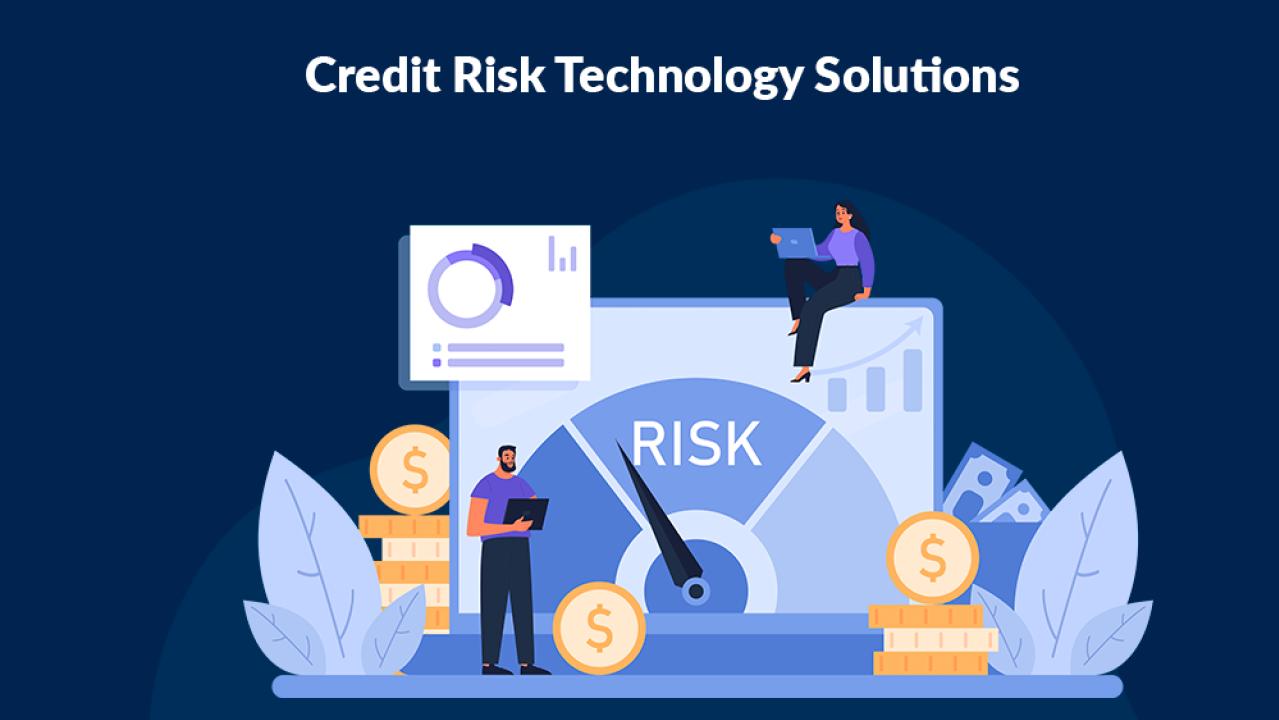In the complex and ever-changing landscape of the financial
industry, managing credit risk is crucial for ensuring the stability and
profitability of lending operations. Credit risk arises when borrowers—whether
individuals or businesses—fail to meet their financial obligations, leading to
defaults that can significantly impact a financial institution's balance sheet.
To mitigate these risks, financial institutions have turned to Credit
Risk Technology Solutions, advanced tools and software that assess, manage,
and mitigate credit risk by leveraging cutting-edge technologies like data
analytics, predictive modeling, and automation.
Understanding Credit Risk Technology Solutions
Credit Risk Technology Solutions are designed to evaluate
the creditworthiness of potential borrowers and continuously monitor the
performance of existing loans. These tools go beyond traditional methods of
risk assessment, which typically relied on credit reports and financial
statements. By utilizing real-time data, predictive models, and machine
learning algorithms, these solutions provide more accurate and comprehensive
insights into a borrower’s ability to repay loans.
At their core, Credit Risk Technology Solutions streamline
the entire credit evaluation process, from loan origination to ongoing
portfolio management, while helping financial institutions meet regulatory
requirements. Let’s dive deeper into how these solutions benefit financial
institutions.
Key Features and Benefits of Credit Risk Technology
Solutions
Data-Driven Creditworthiness Evaluation One of the most
important capabilities of Credit Risk Technology Solutions is their ability to
analyze vast amounts of data from various sources. Traditional credit scoring
models typically use a limited set of financial data, but today’s advanced
solutions can integrate data from multiple channels such as social media,
payment histories, and business networks. By analyzing these diverse data sets,
credit risk tools can offer a more holistic view of a borrower’s financial
health and predict future behavior more accurately.
Predictive Modeling and Default Prediction Predictive
modeling is a key feature of modern credit risk solutions. Using historical
data and machine learning algorithms, these solutions can forecast potential
loan defaults and delinquencies. This enables financial institutions to
anticipate risk and take preventive measures, such as adjusting loan terms,
increasing interest rates, or declining risky applications. The ability to
predict defaults allows banks to protect their loan portfolios from unnecessary
exposure and minimize losses.
Automated Credit Decisioning Automation plays a significant
role in credit risk technology by reducing the manual processes involved in
evaluating credit applications. Automated decision-making tools analyze data
and generate recommendations on whether to approve or reject a loan
application. These systems ensure faster and more consistent lending decisions,
eliminating human bias and enabling financial institutions to scale their
operations efficiently. As a result, financial institutions can serve more customers
without compromising the accuracy or reliability of credit assessments.
Portfolio Monitoring and Early Warning Systems Credit
Risk Technology Solutions also provide continuous monitoring of loan
portfolios. With real-time alerts and early warning systems, financial
institutions can detect potential risks before they escalate. For instance, a
borrower’s declining credit score or sudden changes in financial behavior may
trigger an alert, allowing the institution to take proactive steps. This
proactive approach helps to avoid large-scale defaults and ensures a healthier
loan portfolio over time.
Regulatory Compliance and Risk Governance The financial
sector is heavily regulated, and credit risk solutions are crucial in ensuring
that institutions comply with local and international regulations. These
solutions help financial institutions adhere to Basel III and other frameworks
that mandate certain risk management practices. By automating risk reporting
and generating compliance reports, credit risk tools simplify the task of
meeting regulatory requirements while providing transparency in risk management.
This, in turn, builds trust with regulators and investors.
Adaptability to Changing Market Conditions The financial
market is highly dynamic, with economic cycles and external factors such as
geopolitical events or changes in interest rates affecting credit risk. Credit
Risk Technology Solutions are designed to adapt to these changing conditions.
By using real-time data inputs and machine learning models, these solutions can
adjust risk profiles as new data becomes available, ensuring that financial
institutions are prepared to face future uncertainties.
Ensuring Secure and Profitable Lending Practices
Credit Risk Technology Solutions are instrumental in
fostering secure and profitable lending practices. By improving the accuracy of
credit assessments, these solutions enable financial institutions to
confidently extend credit to qualified borrowers while minimizing exposure to
high-risk applicants. Additionally, the automation of credit decision-making
processes allows lenders to expand their operations without increasing
operational costs, ultimately leading to higher profitability.
Furthermore, by ensuring compliance with evolving regulatory
requirements and providing robust portfolio monitoring, these solutions help
institutions navigate the complexities of today’s financial environment. With
the ability to adapt to market fluctuations and anticipate defaults, financial
institutions are better equipped to protect their assets and maintain stability
in their operations.
Conclusion
Credit Risk
Technology Solutions have become indispensable tools in the financial
industry, offering a data-driven, automated, and predictive approach to
managing credit risk. By enhancing the accuracy of credit evaluations,
providing real-time insights, and ensuring regulatory compliance, these
solutions empower financial institutions to make informed lending decisions,
reduce credit losses, and improve profitability. As the financial landscape
continues to evolve, the role of these advanced technologies will only grow in
importance, ensuring that lending practices remain secure, adaptable, and
profitable.


















